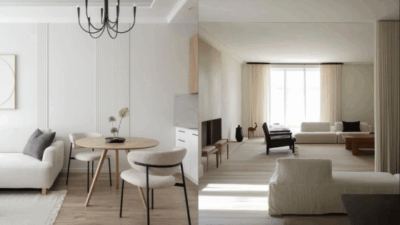Ever wondered why some anime villains stick with you long after the credits roll, while others just fade into oblivion? It’s not just about their evil deeds. It’s about something far more intricate, far more artistic: great anime villain design. A truly memorable antagonist isn’t just a hurdle for our heroes; they’re a vital part of the narrative tapestry, often more complex and compelling than the protagonists themselves. From their chilling motives to their iconic looks, every element is meticulously crafted to leave a lasting impression.
Think about it. The best villains aren’t simply “bad guys” with a generic desire for world domination. They possess a terrifying allure, a twisted philosophy, or a personal tragedy that makes their actions, however horrific, understandable on some level. They push the boundaries of morality, challenge our heroes to grow, and often, steal the show. This isn’t accidental; it’s the result of masterful design. We’re going to dive deep into the secrets behind creating those unforgettable antagonists, exploring everything from their psychological depth to their sartorial flair.
The Foundation: Beyond Pure Evil
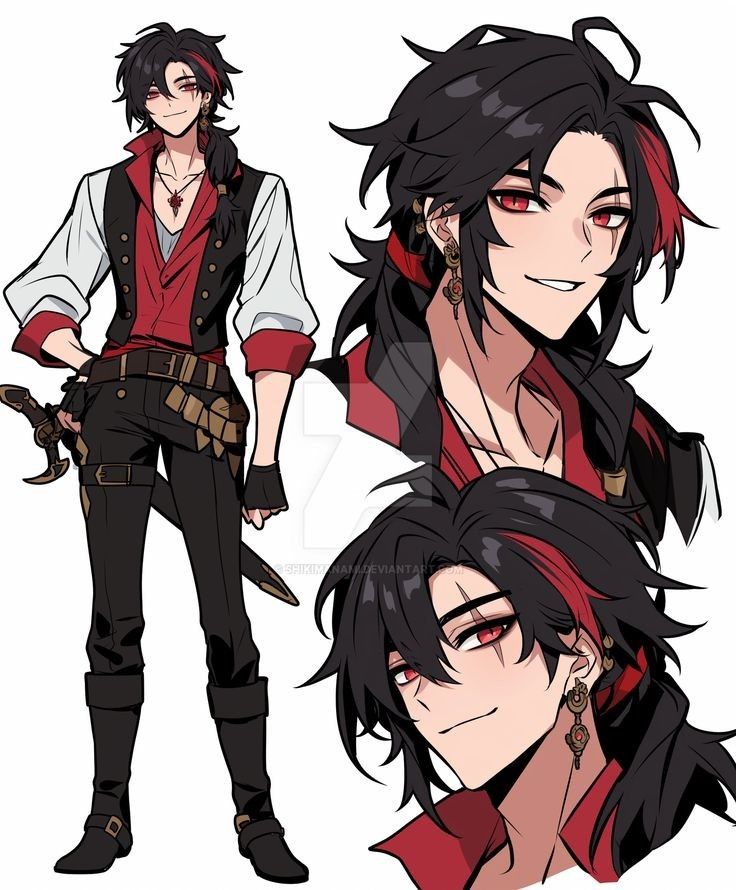

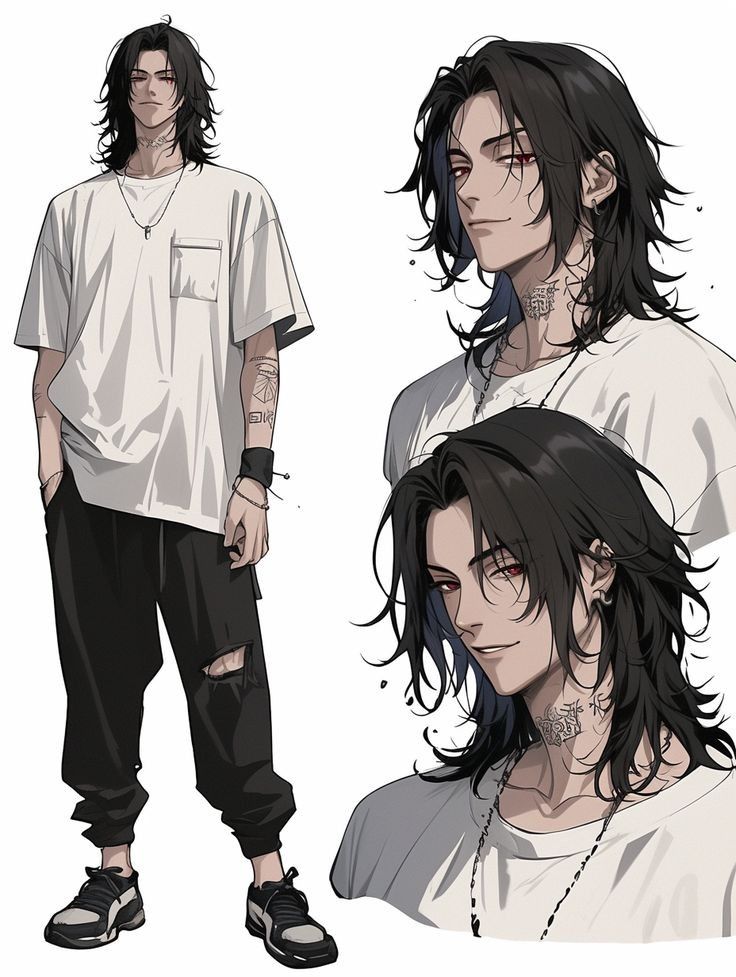
A truly compelling villain isn’t just born evil. Their wickedness usually stems from a deeply rooted place, often a warped sense of justice, a tragic past, or an unyielding ambition. Pure evil, while occasionally effective for a straightforward plot, rarely resonates. It’s the nuances, the cracks in their monstrous facade, that draw us in.
Take Light Yagami from Death Note. He doesn’t start as a villain, but his descent is catalyzed by a desire to rid the world of crime. His “justice” becomes absolute, brutal, and ultimately tyrannical. We see his rationale, even if we vehemently disagree with his methods. This moral ambiguity makes him a fascinating, terrifying antagonist. Similarly, Eren Yeager’s transformation in Attack on Titan isn’t a simple switch to villainy, but a catastrophic consequence of trauma, desperation, and an inherited destiny. His actions, while horrific, are driven by a perceived need to protect his people, making him a tragic figure as much as a villain.
Then there’s Meruem from Hunter x Hunter. He begins as a ruthless, superior being, devoid of empathy, whose sole purpose is to dominate. Yet, through his interactions with Komugi, he slowly develops a profound understanding of humanity, questioning his own existence and purpose. His evolution from a destructive force to a conflicted individual battling his own nature is a masterclass in character development, showcasing how even the most formidable villains can possess unexpected layers. These villains aren’t just foes to be defeated; they are complex characters whose motivations force us to look inward and ponder difficult questions.
Visual Storytelling: The Art of Appearance


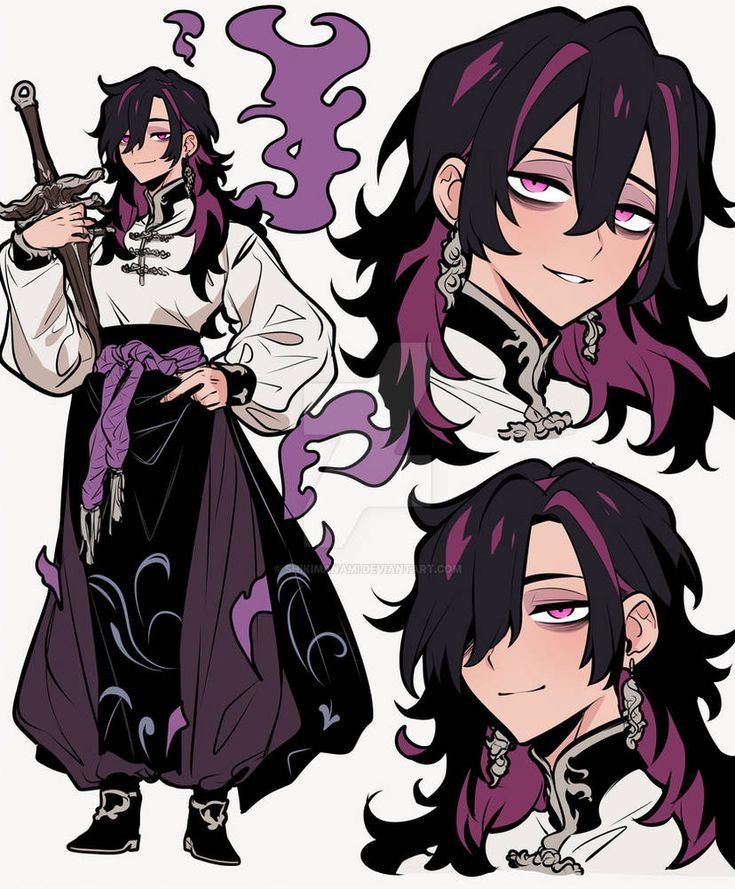
Before a villain even utters a word, their design speaks volumes. Visuals are the first hook, giving us immediate clues about their power, personality, and threat level. Great anime villain design is a masterclass in conveying character through aesthetics.
Silhouettes: The Instant Identifier
An iconic villain often has an instantly recognizable silhouette. Think of Frieza’s smooth, almost elegant form, contrasting with his utterly ruthless nature in Dragon Ball Z. Or Dio Brando’s imposing, muscular physique and flamboyant attire from JoJo’s Bizarre Adventure. These shapes aren’t random; they’re carefully crafted to create a memorable impression, even if you just see their shadow. A sharp, angular silhouette might suggest cunning and danger, while a bulky, monstrous form screams brute force. This visual shorthand is crucial for immediate impact.
Color Palette: Setting the Mood
Colors play a massive role in how we perceive a villain. Darker tones like deep purples, sinister greens, and blood reds are often used to signify malevolence. However, some villains subvert this. Consider characters who wear pristine whites or bright, innocent colors, making their evil deeds even more shocking. Aizen from Bleach often appears in a pristine white captain’s haori, contrasting sharply with his manipulative and treacherous nature. This visual dissonance can be incredibly effective, adding another layer to their deceptive persona.
Costume & Attire: A Window to Their Soul
A villain’s clothing is never just clothing; it’s an extension of their character. Does it signify status, like the elaborate robes of a sorcerer or the crisp uniform of a tyrannical leader? Does it hint at their powers, like gauntlets that amplify strength or cloaks that hide dark secrets? Or does it reflect a twisted ideology? For instance, the uniform of the Survey Corps worn by Eren Yeager as he becomes an antagonist takes on a dark irony.
Designers often draw inspiration from real-world fashion, historical attire, or even abstract concepts to create unique looks. Understanding these choices can even inspire your own creative endeavors, whether you’re working on fashion design clothing or sketching a new character.
Facial Features & Expressions: The Devil in the Details
The eyes are often said to be the windows to the soul, and for villains, they can be truly terrifying. A cold, piercing stare, a mischievous glint, or eyes completely devoid of light can convey so much. Scars, distorted features, or unique markings can also add to their menacing appearance. Beyond static features, expressive animation brings these villains to life. A slow, chilling smile, a sudden burst of rage, or a calculated, emotionless gaze all contribute to their psychological impact. Mastering the art of anime eyes drawing can be key to nailing these subtle yet powerful expressions.
Body Language & Movement: Graceful Menace or Unbridled Chaos
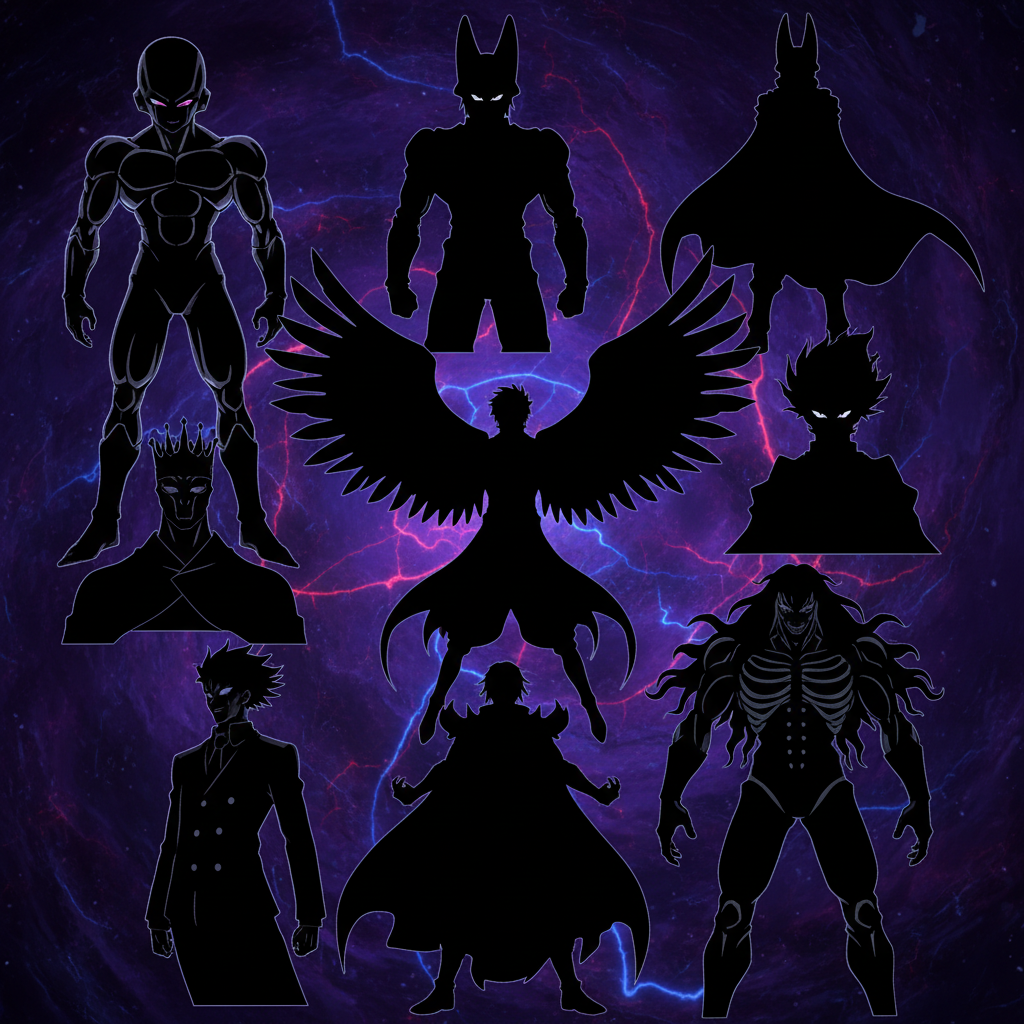
How a villain moves is just as important as how they look. Do they glide with an almost supernatural grace, hinting at immense power held in reserve? Do they stalk their prey with predatory efficiency? Or are their movements erratic and violent, reflecting their unstable mind? The way they carry themselves, their posture, and their gestures all contribute to their overall presence and the sense of dread they instill.
The Psychological Game: Depth and Development
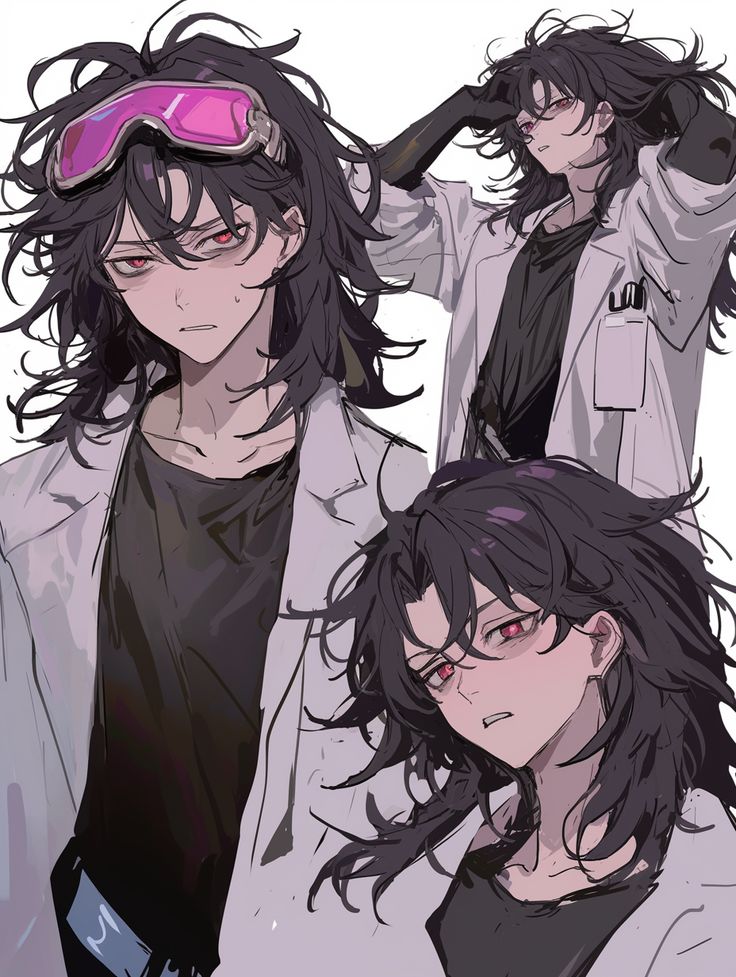

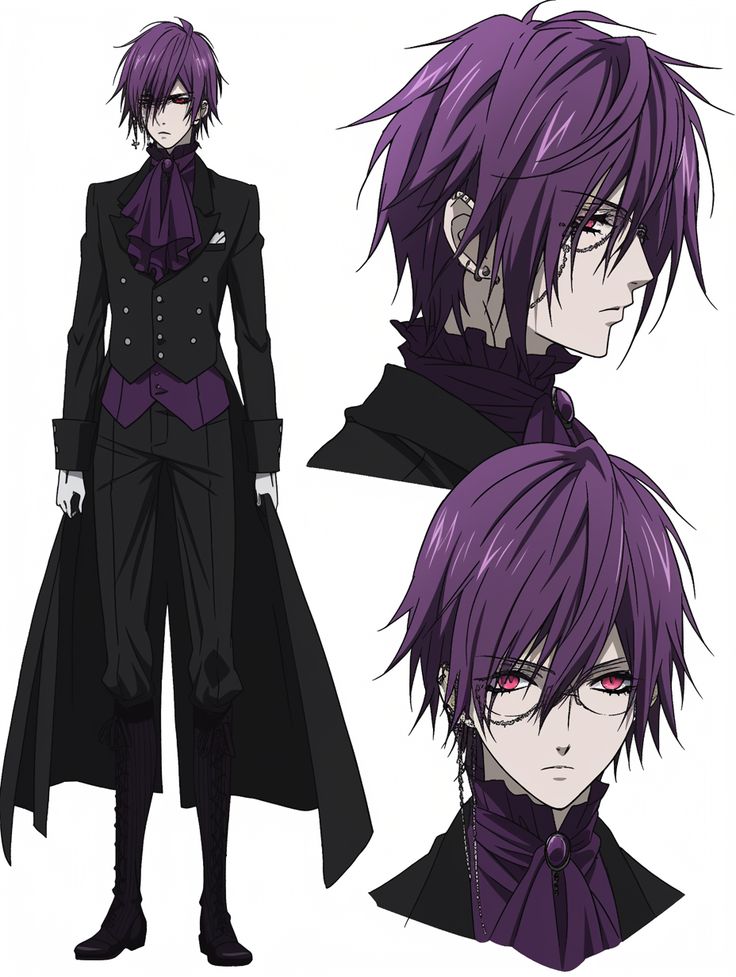
Beyond the cool designs, the true power of an anime villain often lies in their psychological depth. A well-written antagonist has a compelling backstory, understandable (if twisted) motivations, and sometimes, even a perverse kind of relatability.
Backstory and Character Arcs
Why is this character doing what they’re doing? Often, the most compelling villains are those with tragic pasts or deeply held beliefs that have been warped over time. Pain (Nagato) from Naruto is a perfect example. His path to nihilism and destruction is rooted in profound loss and the cyclical nature of war. We understand why he seeks to plunge the world into despair, even as we root for Naruto to stop him. This depth makes their conflict more meaningful than a simple good-versus-evil clash.
Even if their arc doesn’t involve a redemption, seeing their journey and the choices that led them down a dark path adds incredible richness. Griffith from Berserk starts as a charismatic leader with a dream, but his ambition leads to an unthinkable betrayal, transforming him into a demon lord. His fall is a poignant, horrific spectacle that explores themes of sacrifice, power, and the darkness within humanity.
Relatability vs. Reprehensibility: The Tightrope Walk
The best villains walk a fine line. We might understand their pain or their perspective, making them somewhat relatable, but their actions are undeniably reprehensible. This creates internal conflict for the audience. We might feel a pang of sympathy for Johan Liebert from Monster due to his horrifying childhood, but his calculated manipulation and cold-blooded cruelty keep him firmly in the villain camp. This balance ensures they remain a potent threat while adding layers to their character.
Philosophical Conflicts: Challenging the Hero’s Worldview
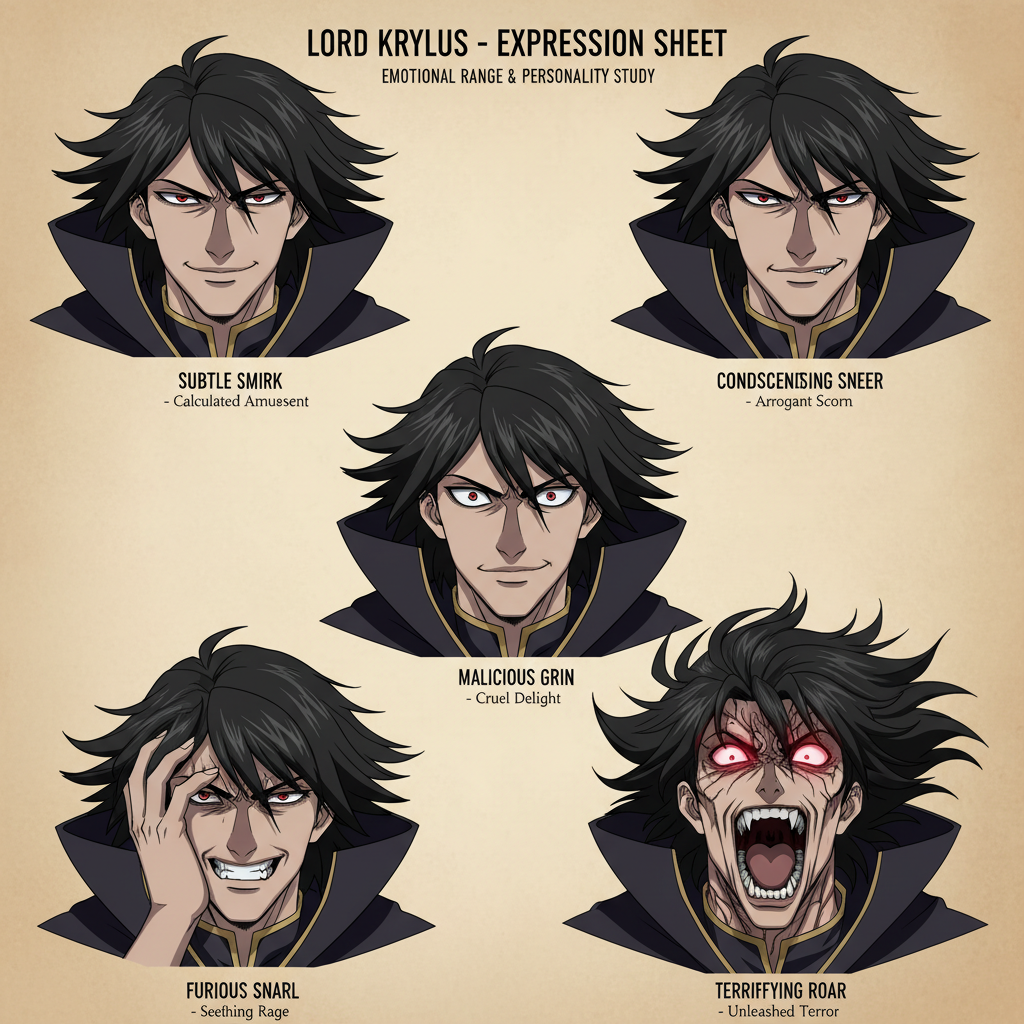
Great villains don’t just fight with fists; they fight with ideas. They often present a philosophy that directly challenges the hero’s core beliefs, forcing the protagonist (and the audience) to reconsider their own moral compass. The hero isn’t just trying to win; they’re trying to prove their worldview is correct. This elevates the stakes from physical combat to ideological warfare, making the narrative far more engaging.
The Power of Voice and Sound Design
A villain’s voice can be as iconic as their visual design. The right voice actor can imbue a character with an unforgettable presence, making them menacing, seductive, or utterly chilling.
Think about the calm, collected, yet utterly terrifying voice of Sosuke Aizen from Bleach. His smooth, deep tones amplify his intellectual superiority and manipulative nature, making his betrayal all the more impactful. Or the playful yet sadistic voice of Makima from Chainsaw Man, which perfectly captures her enigmatic and controlling personality.
Beyond dialogue, sound design contributes immensely. A villain might have a distinctive laugh that sends shivers down your spine, or a specific sound effect associated with their unique powers that signals their arrival or a devastating attack. These auditory cues create a complete sensory experience that solidifies their place in our minds.
Villainous Abilities: Powers and Threats
What makes a villain a credible threat? It’s not just their evil intentions, but the means by which they execute them. Their powers and abilities are crucial to defining the challenges our heroes face.
Some villains possess overwhelming raw strength, like Madara Uchiha in Naruto, who could decimate entire armies. Others rely on unique, insidious abilities that force heroes to think outside the box, like Muzan Kibutsuji from Demon Slayer, whose blood art and ability to control demons create a truly terrifying, widespread threat.
The best villains don’t just have strong powers; they use them intelligently. They might be strategic masterminds, capable of outmaneuvering their opponents long before a punch is thrown. Their abilities often reflect their personality or origin, adding another layer of cohesion to their overall design. For instance, a villain focused on chaos might have destructive, uncontrollable powers, while a manipulator might have powers of illusion or mind control.
Cultivating Charisma and Presence

Some villains possess an undeniable magnetism, drawing viewers in despite (or perhaps because of) their evil. This charisma is a vital component of great anime villain design.
Leadership and Manipulation
Many iconic villains are brilliant leaders, capable of inspiring fervent loyalty (or terrified obedience) in their followers. Their cunning allows them to manipulate events, people, and even heroes to their advantage. Sukuna from Jujutsu Kaisen exudes a primal charisma rooted in overwhelming power and unapologetic ego, effortlessly commanding fear and respect. His presence alone is enough to establish dominance.
The “Cool” Factor
Let’s be honest, sometimes villains are just cool. Their style, their confidence, their unshakeable demeanor in the face of adversity – it all contributes to a captivating persona. They might have a signature pose, an iconic catchphrase, or simply an aura of effortless superiority. This “cool” factor can make them incredibly popular, sometimes even overshadowing the heroes. This also feeds into the larger concept of visual storytelling, where every element contributes to the narrative.
Creating Dread and Awe
Ultimately, a great villain creates a sense of dread and awe. When they appear, the air changes. The stakes rise. Even when they’re not on screen, their presence looms over the narrative. This lingering impact is a testament to how well their character has been designed, making them a constant, palpable threat.
The Supporting Cast of Evil: Henchmen and Factions
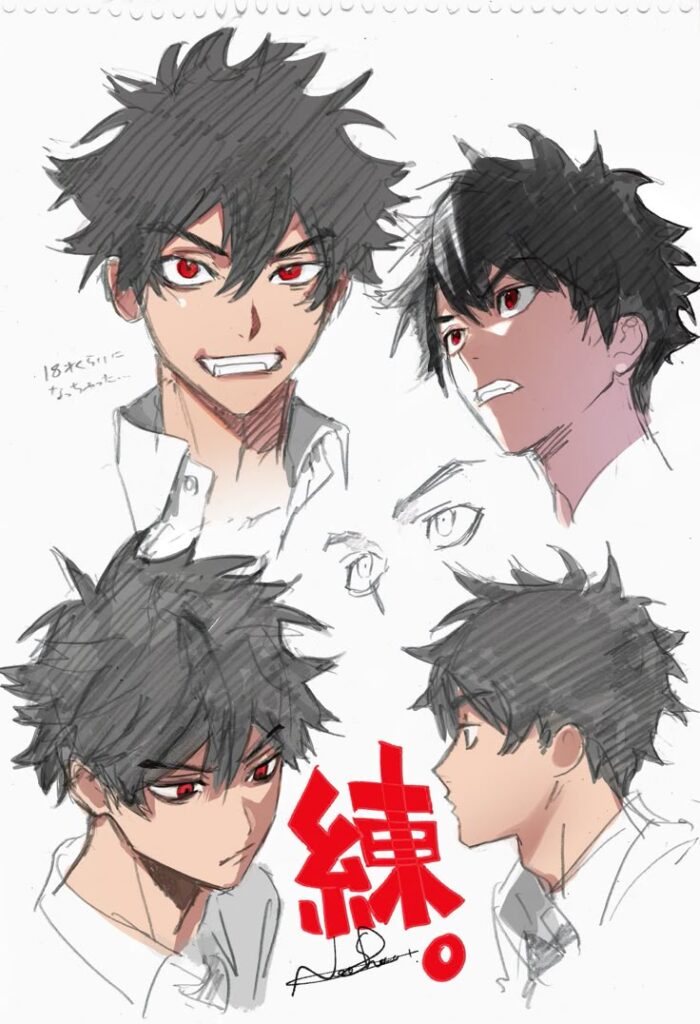

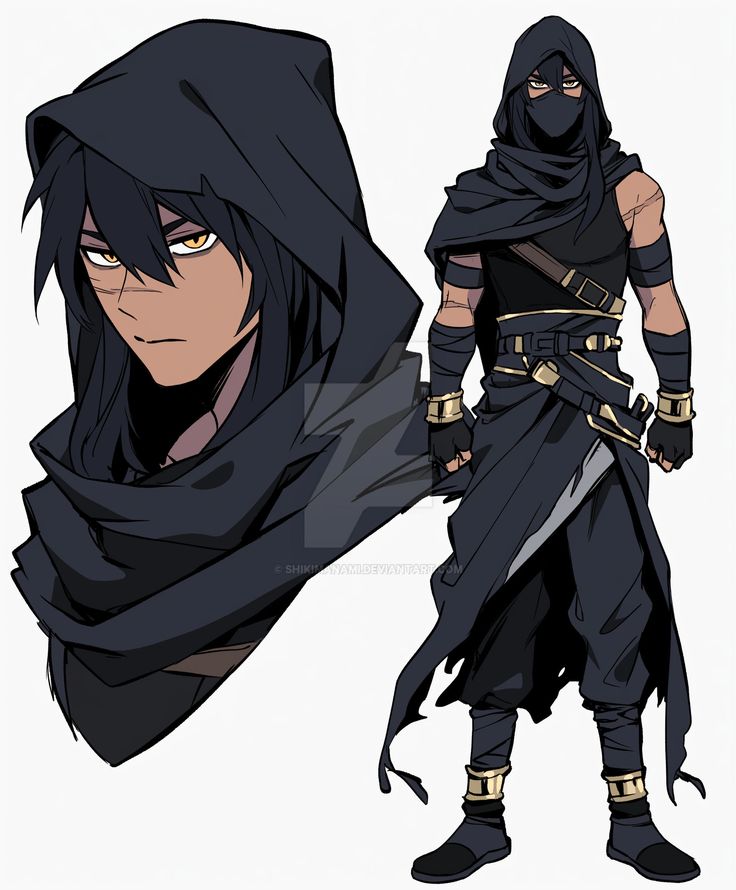
A lone villain can be formidable, but a villain backed by a powerful organization or loyal henchmen often feels like an insurmountable force. These supporting characters aren’t just cannon fodder; they reflect the villain’s ideology and power, expanding the scope of their threat.
Think of the Akatsuki from Naruto. Each member is a unique, powerful, and often compelling antagonist in their own right, but together, they form a terrifying force driven by a shared, albeit twisted, vision. Their individual stories and powers contribute to the overall threat posed by their leader, Pain. Similarly, the Espada in Bleach serve as powerful subordinates to Aizen, each embodying an aspect of his twisted worldview and expanding the scale of his war against the Soul Society.
The dynamic between the villain and their followers also reveals a lot about the antagonist. Are they feared dictators? Charismatic leaders inspiring devotion? Or simply a means to an end for both sides? These relationships add depth to the world and make the villain’s impact feel more widespread and credible.
Evolving Threats: Keeping the Stakes High

One of the hallmarks of truly memorable anime villain design is the ability of antagonists to evolve. A static villain, no matter how powerful, can eventually become predictable. The best villains adapt, learn, or reveal new, more terrifying forms, continually raising the stakes.
Consider Cell from Dragon Ball Z. He begins as a relatively weak, insect-like creature but continually evolves through absorption, reaching increasingly powerful and menacing forms. This constant progression keeps the heroes (and audience) on edge, wondering what new level of power he’ll achieve next. Frieza, another Dragon Ball Z icon, has also undergone multiple transformations and even resurrections, each time returning with a fresh threat and new techniques, cementing his place as one of anime’s most enduring villains.
Villains like Shinobu Sensui from Yu Yu Hakusho offer a different kind of evolution: a philosophical one. His descent into villainy after witnessing humanity’s cruelty is a complex journey, and his final confrontation isn’t just about strength, but about clashing ideals. An evolving threat ensures the audience remains invested, as the heroes must constantly find new ways to overcome ever-greater challenges.
Case Studies in Iconic Anime Villain Design
Let’s look at a few examples that perfectly encapsulate what makes a villain truly great.
Sosuke Aizen (Bleach)
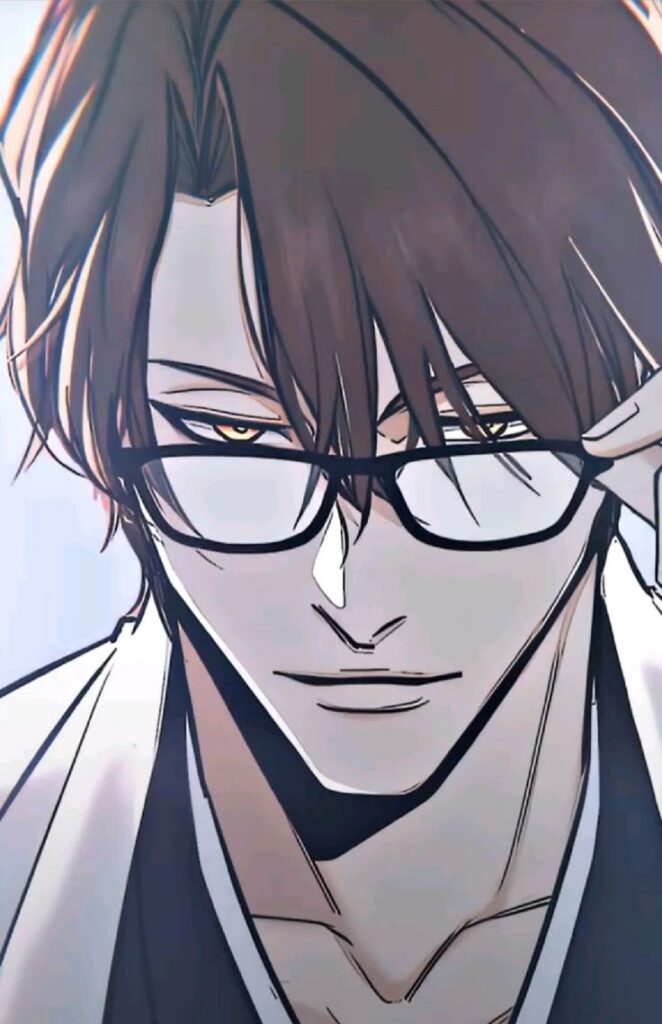
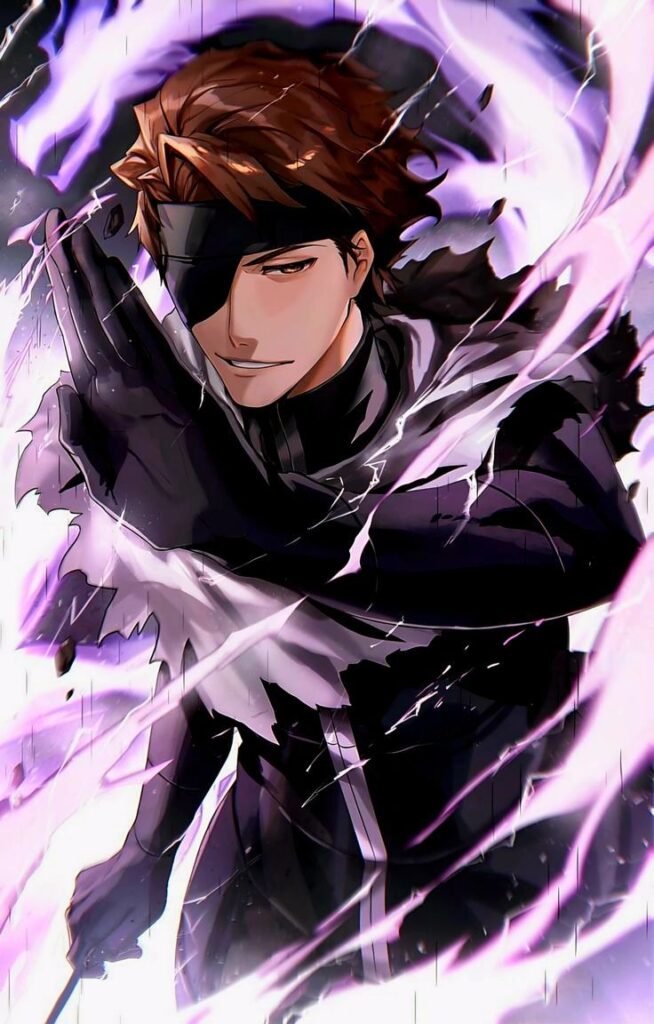
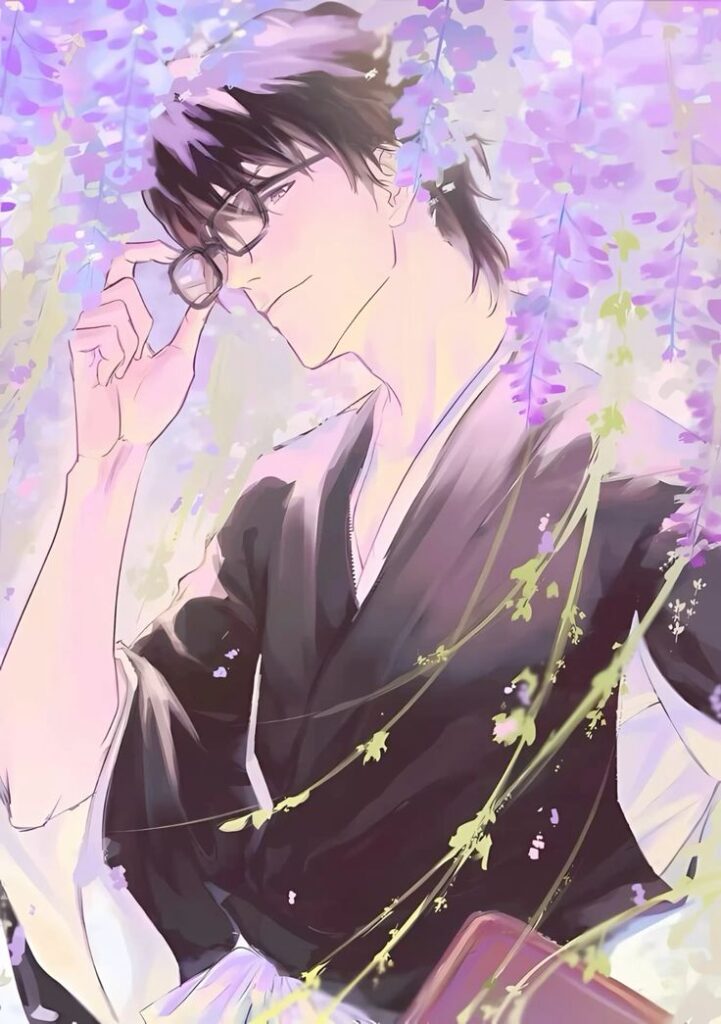
Aizen is the epitome of the charismatic, intellectual manipulator. His initially benevolent facade and calm demeanor mask a terrifying ambition and a profound sense of superiority. His visual design is sleek and refined, often in his spotless white captain’s uniform, which makes his eventual reveal as the true antagonist all the more shocking. His power, Kyoka Suigetsu, is a perfect reflection of his character: an illusion that deceives everyone, just as he deceived the entire Soul Society. Aizen doesn’t rely on brute force; he orchestrates events with chilling precision, making him a villain whose mind is his most dangerous weapon.
Dio Brando (JoJo’s Bizarre Adventure)

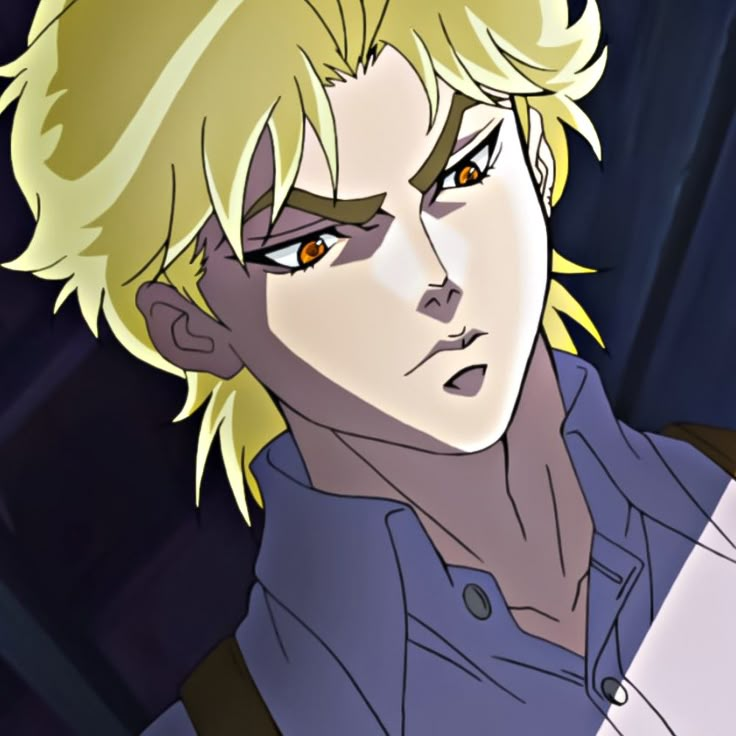
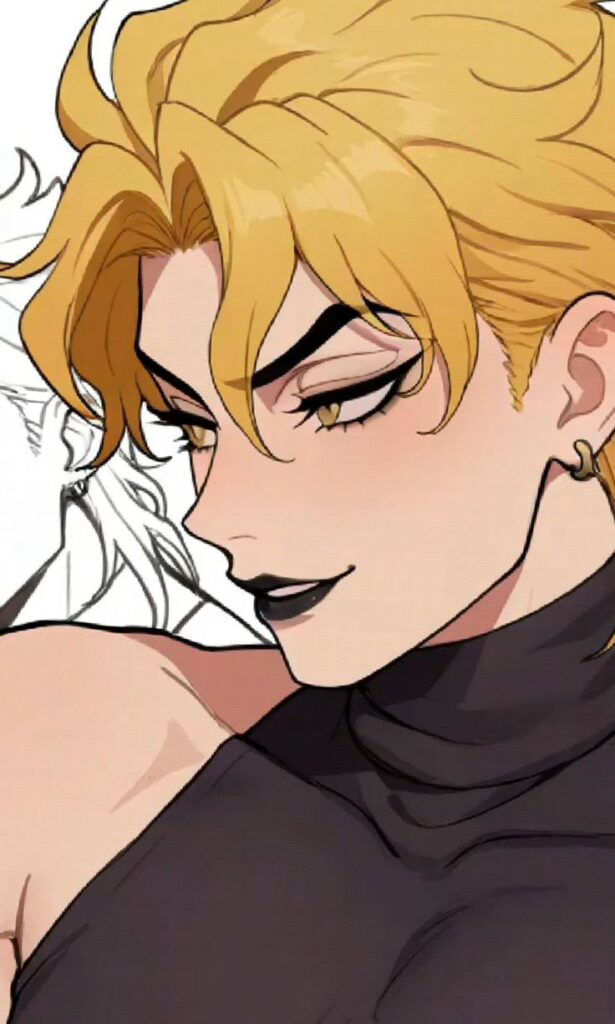
Dio Brando is pure, unadulterated evil, yet he’s undeniably captivating. From his humble, abusive beginnings to his acquisition of vampiric powers and later, his Stand, The World, Dio is driven by an insatiable hunger for power and dominance. His design evolves from a cruel, arrogant young man to an imposing, muscular vampire with an iconic, flamboyant fashion sense that perfectly matches his theatrical villainy. His sheer charisma, coupled with his willingness to commit any atrocity, makes him one of anime’s most memorable and enduring antagonists. He doesn’t seek to justify his actions; he revels in them, and that unapologetic malice is what makes him so iconic.
The Design Process: Behind the Scenes
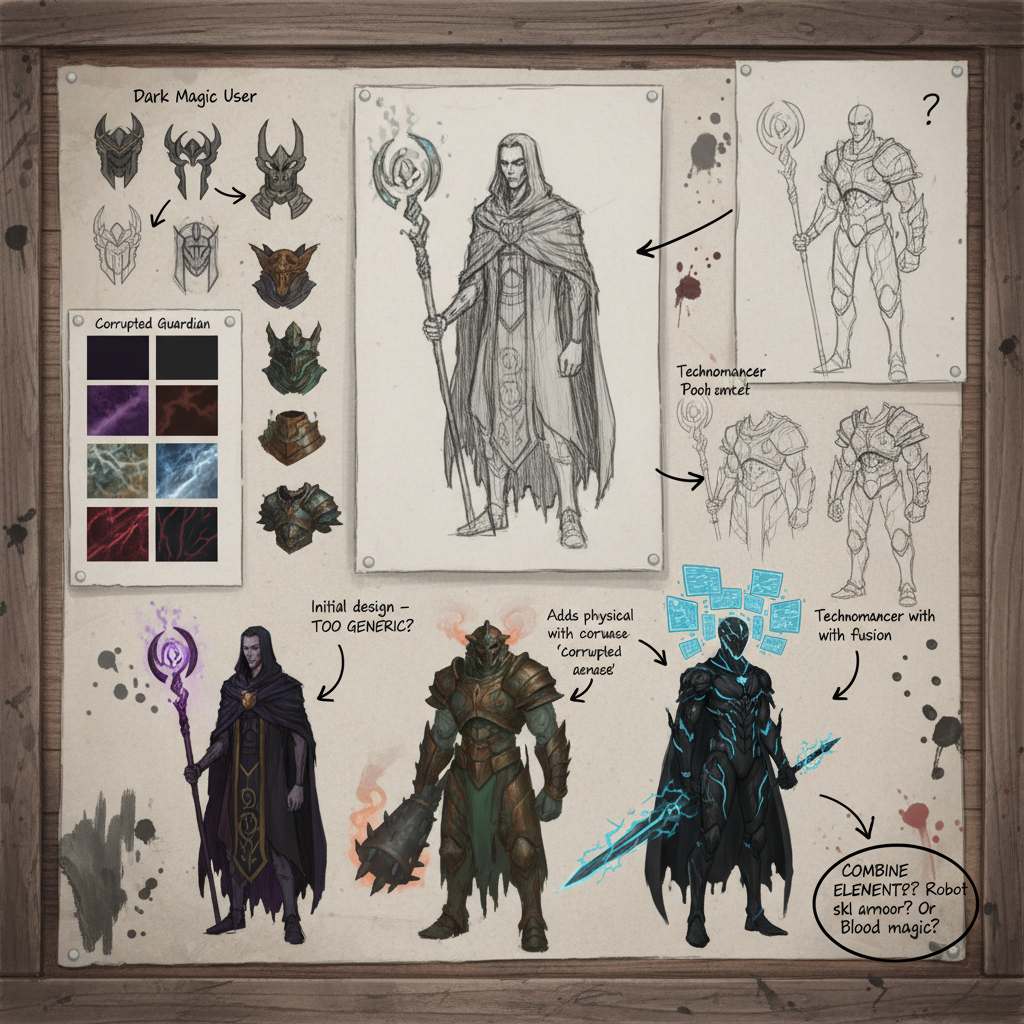
Creating these unforgettable villains isn’t a simple task. It’s a collaborative effort between writers, character designers, animators, and voice actors. The process often starts with a core concept: what kind of threat does the hero need? What philosophical challenge should they represent?
From there, character designers begin sketching, exploring different body types, facial features, and costumes. This iterative process involves countless revisions, ensuring that every detail contributes to the character’s overall impact. Artists might even delve into studies of human anatomy for artists or anime girl body to create believable yet stylized forms. Voice actors then breathe life into these designs, adding the crucial auditory dimension. It’s a testament to this intricate process that we get such multifaceted, compelling antagonists. Many artists even use modern tools, like expanding the canvas: AI’s role in redefining digital art spaces, to aid in their creative workflows.
Conclusion

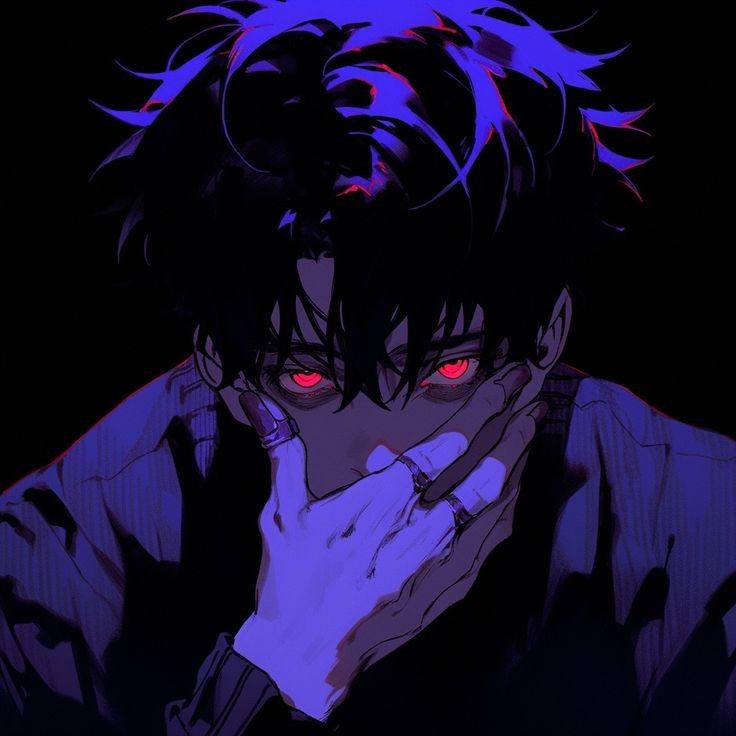
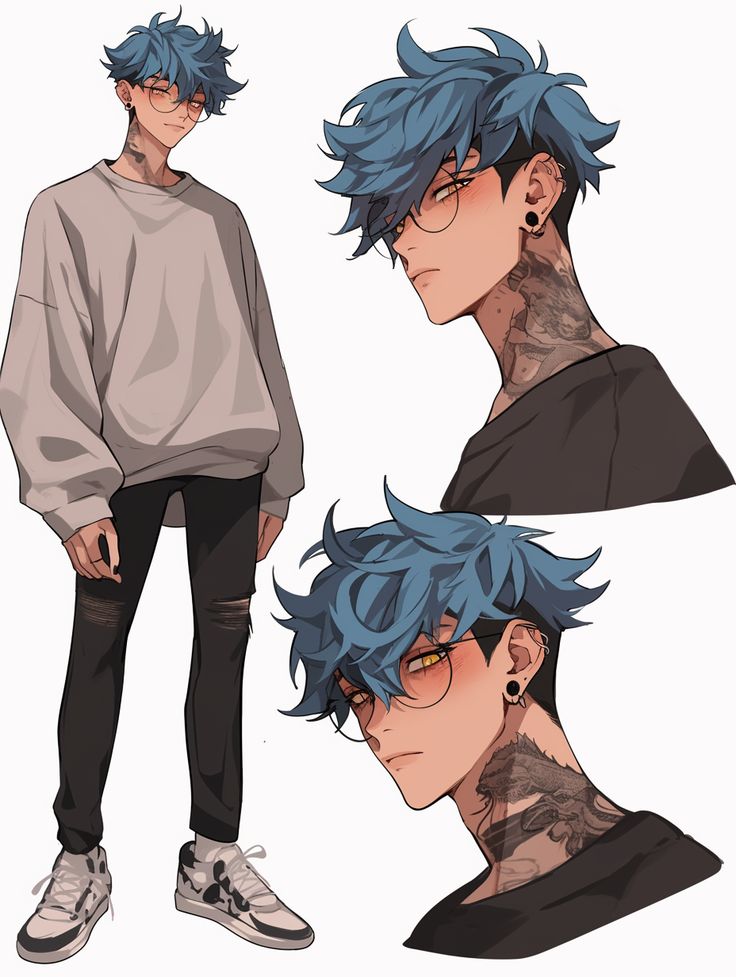
Great anime villain design is a sophisticated blend of visual artistry, psychological depth, and narrative cunning. It’s about crafting characters who are not just obstacles, but catalysts for change, mirrors reflecting the darker aspects of humanity, and often, compelling figures in their own right. From their iconic silhouettes and telling attire to their chilling motivations and commanding voices, every element plays a crucial role in making them unforgettable.
These antagonists challenge our heroes, push stories to their limits, and often steal our hearts (even as they threaten to destroy the world). The next time you encounter a truly magnificent anime villain, take a moment to appreciate the intricate design that went into making them so impactful. It’s a testament to the power of creative design that a character meant to be reviled can become so utterly captivating. So, go forth and appreciate the complex artistry behind the baddies, or perhaps even get inspired to try designing your own! If you’re looking to bring your designs into the physical world, consider exploring how 3D printed cosplay props can make your villain creations a reality.
- 0shares
- Facebook0
- Pinterest0
- Twitter0
